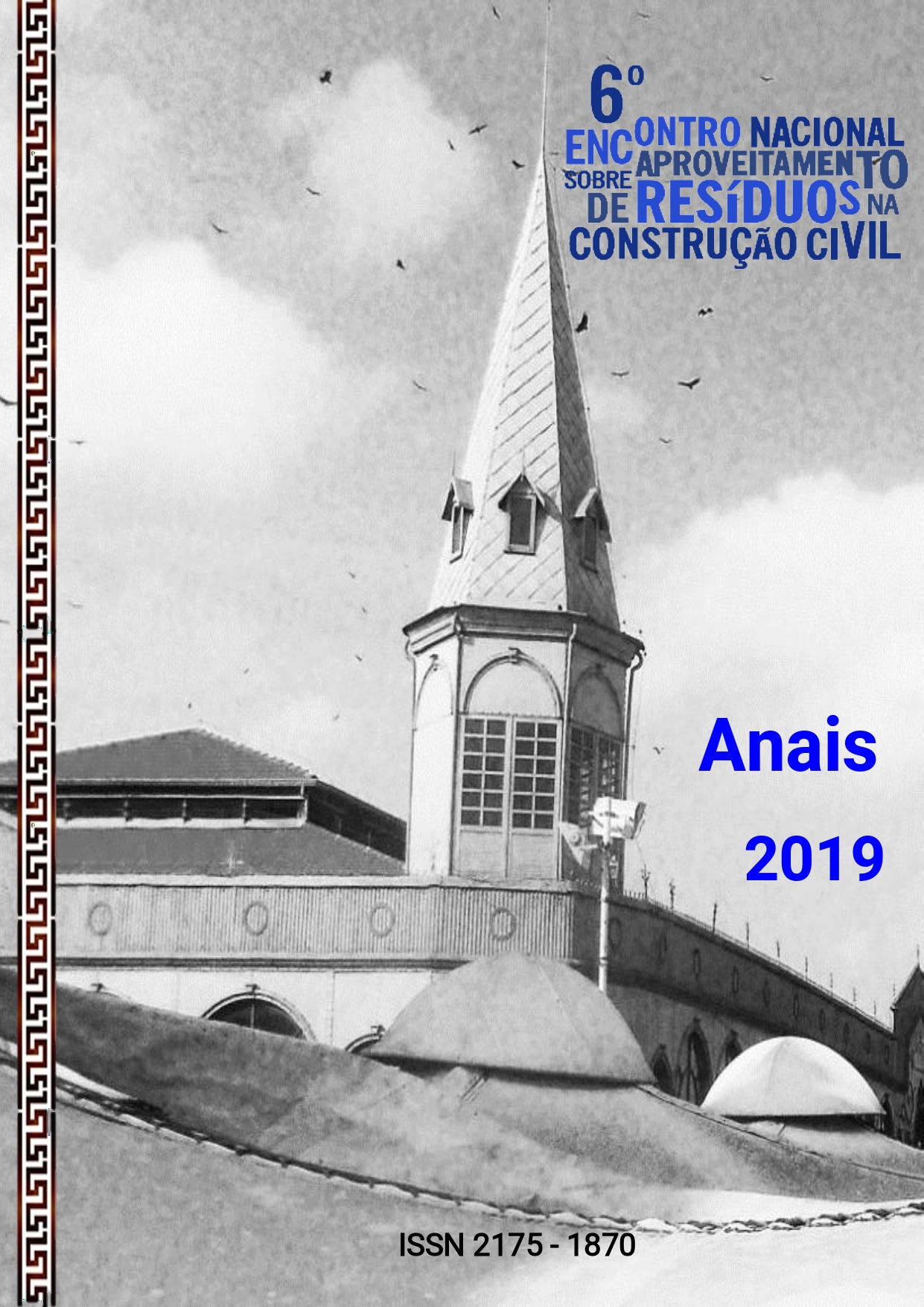CHARACTERIZATION OF WATER TREATMENT STATION BOLOGNA AIMING AT YOUR REHABILITATION IN CONSTRUCTION MATERIALS
Keywords:
reuse of waste, caulinotic residue, ETA residueAbstract
Water Treatment Plants generate a residue called ETA sludge or ETA residue (RETA). Most ETAs irregularly release this waste directly into the water bodies causing serious damage to the environment. Currently, environmental agencies are demanding that the generating source define sustainable disposal alternatives for these wastes. The present work has the objective of characterizing sludge from ETA Bologna, located in Belém-PA, in order to find sustainable alternatives for its reuse in the production chain of construction materials. In order to do so, it was carried out tests of mineralogical analysis by X-ray diffraction (XRD), chemical analysis by X-ray fluorescence (FRX) and thermogravimetric analysis with fire loss. The results found in the analyzes of the residue of ETA Sludge Bologna demonstrate the potential of its reuse as a building material.

